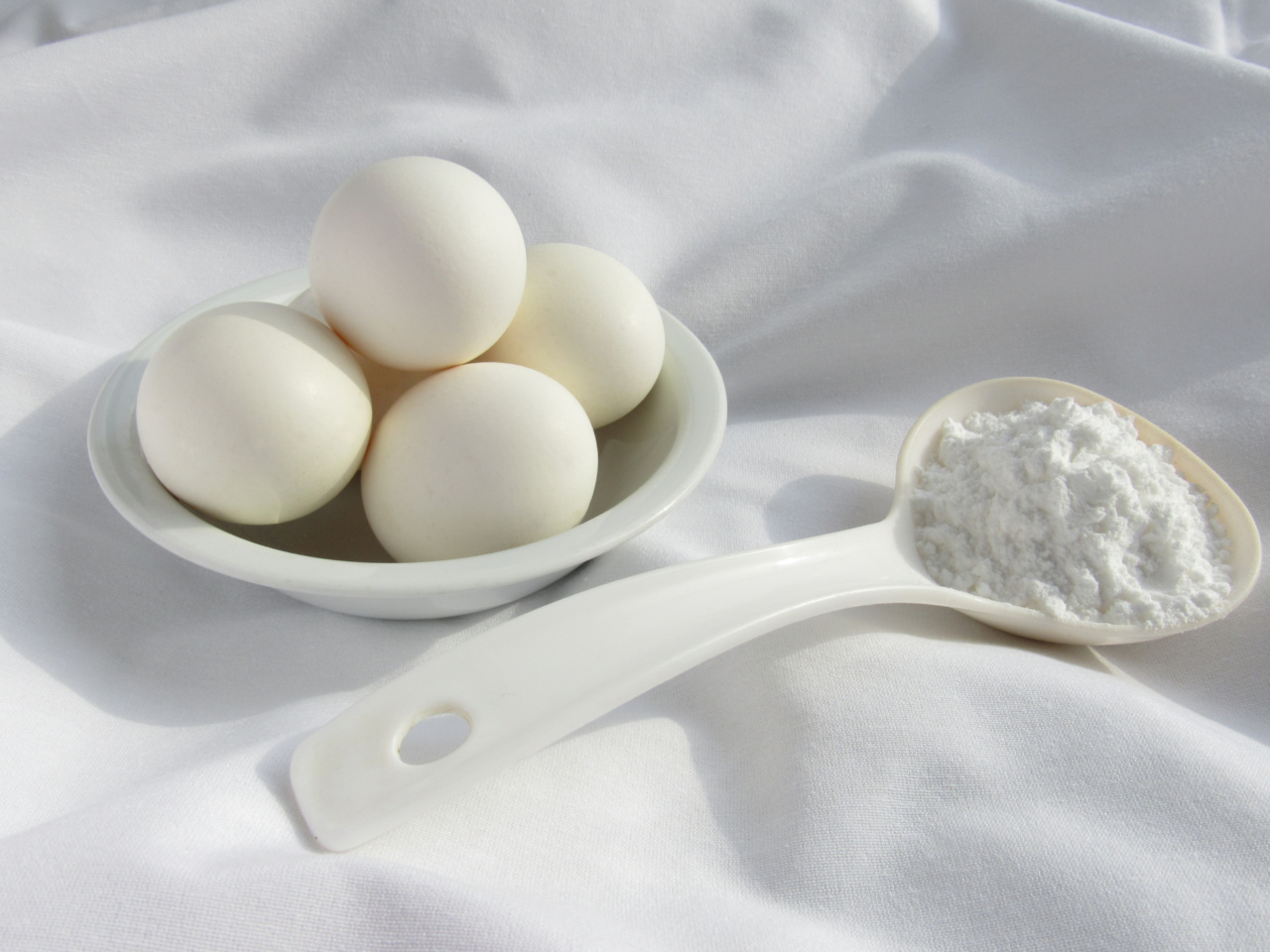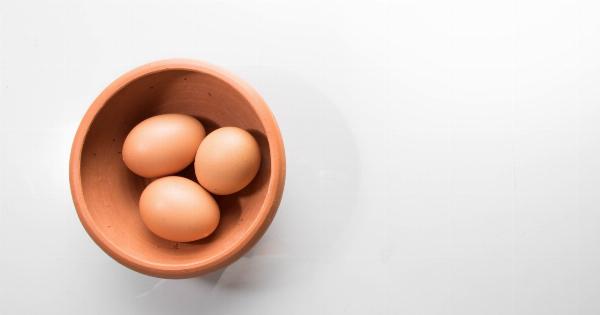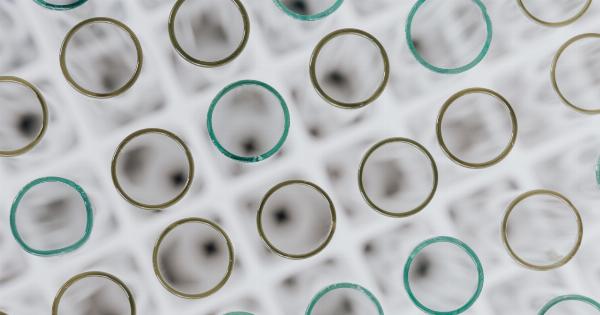When it comes to eggs, freshness is key. Consuming spoiled eggs can lead to foodborne illnesses, which can cause severe discomfort and sickness. Fortunately, there are several ways to determine whether an egg is spoiled or not.
In this article, we will discuss how to detect spoiled eggs and provide you with some useful tips to ensure the eggs you consume are safe and fresh.
1. Check the Expiration Date
One of the easiest ways to determine if an egg is spoiled is by checking its expiration date. Most packaged eggs come with a printed expiration date or a “best by” date on the carton.
It is crucial to make sure you consume the eggs before this date for optimal freshness and safety. If the eggs are past their expiration date, they may be spoiled and should be discarded.
2. Perform the Float Test
The float test is a popular method used to determine the freshness of eggs. Fill a bowl or a glass with water and carefully place the egg into the water. If the egg sinks to the bottom and lays flat on its side, it is fresh.
If it stands upright on the bottom or floats to the surface, it is likely spoiled. This is because as eggs age, they develop air pockets inside, causing them to float.
3. Observe the Shell
Inspecting the eggshell can provide clues about its freshness. A fresh egg will have a clean, uncracked shell. If you notice any cracks, leaks, or discoloration on the shell, it is best to discard the egg as it may be spoiled.
Furthermore, spoiled eggs may also have a slimy or sticky shell, indicating bacterial contamination.
4. Sniff Test
Using your sense of smell is another effective method to detect spoiled eggs. Fresh eggs have a neutral or slightly milky odor. If you detect a strong, unpleasant odor, similar to sulfur or rotten eggs, it is a clear sign that the egg has gone bad.
Trust your nose, and if in doubt, it is better to be safe than sorry.
5. Perform the Shake Test
If you are unsure about the freshness of an egg, you can perform the shake test. Hold the egg close to your ear and gently shake it.
A fresh egg will make little to no sound, while a spoiled egg may produce a sloshing sound due to the breakdown of its contents. This method is not foolproof but can give you an additional indicator of an egg’s freshness.
6. Conduct a Visual Inspection
Take a close look at the egg’s contents by cracking it onto a flat surface, such as a plate or a clean countertop. Fresh eggs will have a clear and firm egg white (albumen) that surrounds a bright and centered yolk.
If you notice any discoloration, unusual texture, or a foul smell, the egg is likely spoiled and should not be consumed.
7. Pay Attention to the Yolk
The color and texture of the yolk can provide insights into the freshness of an egg. A fresh egg will have a vibrant yellow or orange yolk that stands tall and doesn’t spread much.
If the yolk appears flattened, is runny, or has a green or grayish hue, it is an indication that the egg is no longer safe to eat.
8. Consider the Egg’s Age
Keep track of the age of your eggs, especially if you buy them in bulk or from local farmers. While store-bought eggs typically have a longer shelf life due to their commercial processing, eggs from local sources may be much fresher.
As eggs age, their quality deteriorates, so it’s essential to use the oldest eggs first and be more cautious when consuming older ones.
9. Avoid Temperature Fluctuations
Proper storage plays a vital role in maintaining the freshness of eggs. Eggs should be stored in the refrigerator at a temperature below 45°F (7°C).
Avoid temperature fluctuations, such as leaving them on the counter for too long or placing them near the refrigerator door. Fluctuations in temperature can accelerate the spoilage process of eggs.
10. Use the Egg Test
If you have doubts about the freshness of an egg, but it hasn’t passed any of the previous tests, you can use the egg test. Place the egg in a bowl of water. A fresh egg will sink to the bottom and lay flat.
An egg that is a bit older but still safe to eat will also sink but may tilt slightly. However, if the egg floats to the surface, it is likely spoiled and should be discarded.






























